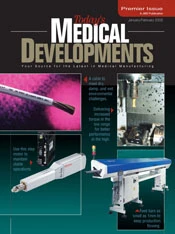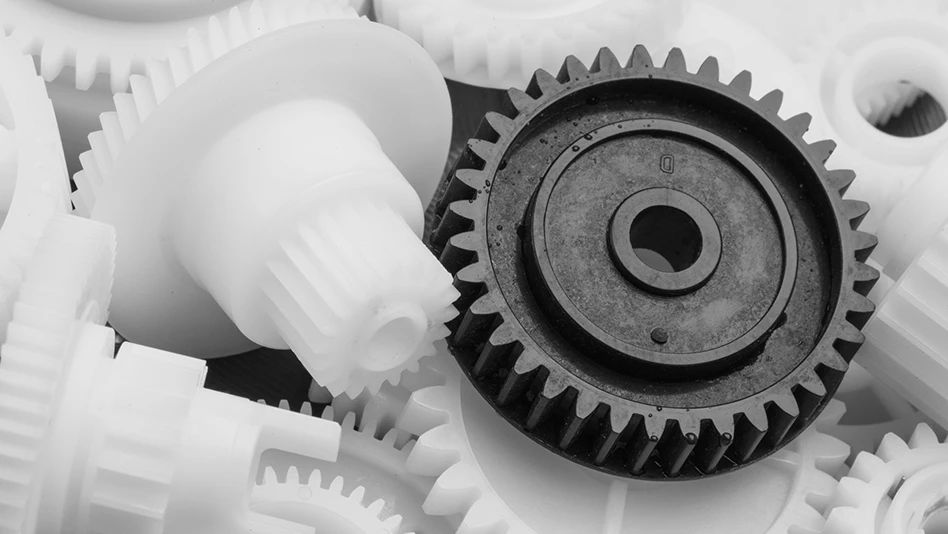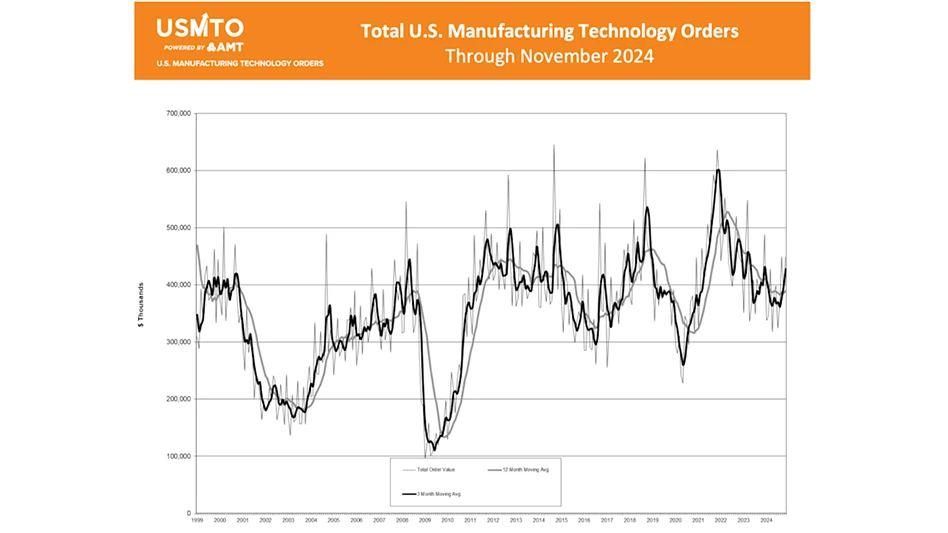Good supply chains are agile they have the ability to flourish even amidst rapid and unexpected changes in the market. Wider and more frequent fluctuations in the supply of raw materials and the demand for output illustrate the need for agile supply chains. In the pursuit to participate effectively as a manufacturer in your customers agile supply chains, multitasking machines (MTs) and their effective implementation can provide you an advantage.
Quality, cost, and delivery are the three primary factors of work. You can easily increase one or even two of these factors without much effort.
You can make it faster, but it costs more. You can make it cheaper, but you cannot maintain the same level of quality. These are common tradeoffs. Manufacturers that succeed in raising all three quality, cost, and delivery achieve the status of agile supply chain participants.
MTs are becoming popular because they allow manufacturers to do just that. For quality, MTs increase part accuracy by eliminating human handling and multiple refixturing. For delivery, MTs drastically accelerate lead time by eliminating time in queue among processes, and setup time drops due to its relative simplicity. Lastly, with respect to cost, MTs decrease the variety of raw material needed in stock, as well as scrap rates, and enable better profit margins because companies can command higher prices for fast delivery.
Today, we characterize MTs as the combination of a lathe and a mill. However, they can be the fusion of any group of previously independent technologies. For example, a grinder, a welder, and a turning center can be combined to achieve the same result of driving QCD. Mori Seiki is continually developing ways to incorporate more processes together, such as grinding, measurement, broaching, and deep boring.
Furthermore, it is important to take special notice of which multitasking equipment builders lead the market: Put simply, the leaders are the highend builders. Subpar MT machines fail the QCD test. Poor accuracy is the result of anything less than a toprated design and manufacture of an MT machine. With nine axes commonplace, stacked axis error and poor rigidity can destroy quality unless special care is taken to account for this detail. MT machines also replace two or three machines, such as both a lathe and a machining center. Therefore, when the MT machine cannot run, it is as if the replaced machines all cannot run, thereby destroying the consistency of your deliveries. Lastly, MT machines require tight, expert support during implementation. The learning curve is the greatest challenge in MT implementation, and a good builder will help you overcome the initial hurdles.
With respect to setup, the manufacturing engineer with the best ability to learn should be assigned. The learning curve is the biggest challenge having a talented team that can learn the new technology is the key ingredient. You must rethink the tooling, setup, programming, and process in general. Remove the term operator from the mix you need a committed manufacturing specialist. While this may seem intimidating, proper setup should be treated with the same care as the implementation of any other process that has a profound effect on your company. A reward awaits your investment, and your best people are required for successful execution.
Agile manufacturers are also good at collaboration. Rapid adjustments require good communication and the ability to deal with the unexpected. As challenges in your production arise, there is great comfort in knowing you can team with the machine builders pool of talent and steadfast help to meet the latest challenge.
MTs and those who support them form a very agile manufacturing team. As your customers supply and demand bounce, they will need your support to respond to their challenges. Making their agile response possible will make you a highly valued partner, and your performance can translate into receiving a higher percentage of your customers business, not to mention commanding better margins.

Explore the January 2005 Issue
Check out more from this issue and find your next story to read.
Latest from Today's Medical Developments
- Midwest DISCOVER MORE WITH MAZAK
- Reshoring survey to provide insight for US industrial policy
- NB Corporation of America's ball splines
- Zimmer Biomet to acquire Paragon 28
- Industrie 4.0 award for Paul Horn GmbH
- CMMC requirements and your business
- Stryker exiting spinal implant business
- Perfecting the manufacture of microscopically thin films for tech, medical applications





